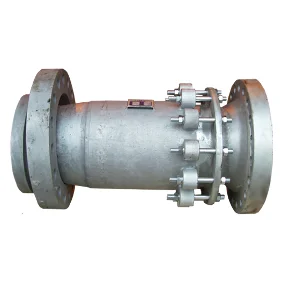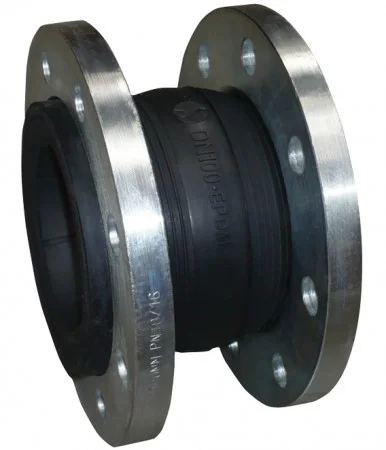Expansion Joints
What are expansion joints and what are they used for?
Expansion joints are small devices capable of absorbing minor vibrations and displacements in the axial, lateral, and angular planes. They are installed in pipelines to absorb the shifts of individual components, reduce stress, and facilitate installation. Systems equipped with expansion joints have reduced noise levels. Due to the possibility of chemical substances flowing through the pipeline, and the high pressure and temperature inside, such an expansion joint must be resistant to these factors.
Types of Expansion Joints
Powszechnie stosowane są kompensatory mieszkowe, w których elementem aktywnym jest mieszek umieszczony między przyłączami. Może być on wykonany z różnych materiałów, takich jak: guma, stal, teflon, tkanina lub elastomer. Drugim rodzajem są kompensatory dławikowe, które stosuje się w przypadku instalacji, gdzie występują ruchy poosiowe, a montaż innego rodzaju urządzenia jest niemożliwy. Odpowiednie dobranie kompensatora zależy od wielu czynników, takich jak: rodzaj substancji transportowanej przez rurociąg, ciśnienie, temperatura, a także przemieszczenia osiowe i boczne oraz sprężystość, czyli ile siły potrzeba, aby taki kompensator ugiąć. Najczęściej wykorzystywane są przy budowie instalacji transportujących parę, powietrze, wodę, olej lub gaz.
Bellows expansion joints are commonly used in various applications. The active element is a bellows placed between the connections. It can be made of various materials such as rubber, steel, Teflon, fabric, or elastomer. Another type is the throttling expansion joint, which is used in installations where axial movements occur and the installation of another type of device is impossible. Proper selection of the expansion joint depends on many factors such as the type of substance transported through the pipeline, pressure, temperature, as well as axial and lateral displacements and elasticity, i.e., how much force is needed to bend such an expansion joint. They are most often used in the construction of installations transporting steam, air, water, oil, or gas.
Construction of an expansion joint
The most important element in the construction of a bellows expansion joint is the bellows itself, which is the component subjected to folding. It can be made of a single or multiple layers of thin sheet metal or other materials. Its design allows for simultaneous absorption of mechanical and thermal deformations. It’s important to note that under normal conditions, such a bellows could be damaged. To protect it, various reinforcements and covers are used, such as guides and protective sleeves, which are integral parts of the structure. Throttling expansion joints have a slightly different construction, but the principle of operation is similar. It consists of a body, a restraining ring, a flange, an internal bayonet tube, a throttling sleeve, and other elements such as the seal and screws with nuts. The cup, which has a larger diameter than the pipe moving inside it, has a welded restraining ring inside, acting as a barrier for the seal. Due to their construction, throttling expansion joints must be under constant supervision, so they are installed in easily accessible locations where the device can be checked and serviced freely.

